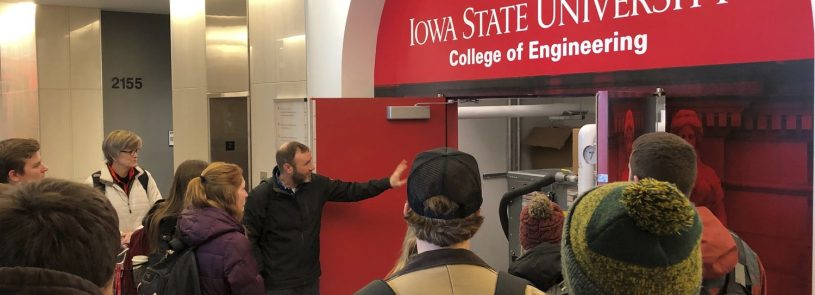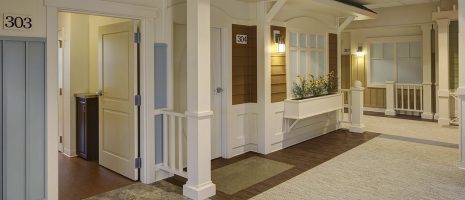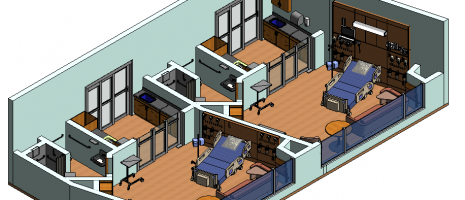Commissioning Q&A: What is it, and why is it important?

IMEG’s Lincoln Pearce (above, giving a mechanical system tour for engineering students) explains the building commissioning process and why it’s important in the following Q&A.
Q: What is building commissioning?
A: Building commissioning, in its most basic sense, is a quality assurance process. At the beginning of a project, an owner is going to define the building that they need, and the commissioning process helps to ensure through design and construction and operation that the building that they receive is in fact the building that they set out to build at the beginning of the project.
Q: What does commissioning involve, and when does it occur during a project?
A: Any time you can avoid an issue or avoid a problem on a project, the earlier the better. So, starting the commissioning process in the design phase of the project helps to avoid issues that may show up later. Then you work through construction observations, identifying any construction issues or maintenance access issues, or equipment installation issues that you can resolve before the building becomes occupied. And then through functional testing, we go in and test the systems in the building to ensure that they are operating as intended. In post-construction, you want to watch the operation of the building for alarms and any energy use issues and ensure that the function of the building is matching what was maybe modeled or simulated early in design.
Q: What is retro-commissioning?
A: Retro-commissioning deals with buildings that have already been built and are in operation and may have operational issues, comfort issues, or they may be using more energy than people are expecting them to use. So, the process of retro commissioning is really going into an existing facility and digging into how it is operating today and confirming through testing or observation if it’s performing and functioning as it was originally intended to.
Q: Why is commissioning important, and how does it affect an owner’s ROI?
A: Buildings are becoming more complex as energy codes become more stringent. The reality is, there’s more equipment in buildings today and more sophisticated equipment than there were several years ago. As a result, you have more sophisticated control sequences and algorithms to control all the equipment that’s in the building and the commissioning process ensures that all of those systems are performing and controlling as they were intended to. If you’ve made a decision early in design to increase the first cost of your project by including some energy efficiency enhancements, and you don’t go back at the end of the project and confirm that those energy efficiency measures and enhancements are actually performing as you intended to provide your return on investment, you may be taking a double hit and cost – a higher first cost and then at the same time higher energy costs for the life of the building. The design and construction process is maybe three to four years of a building’s life. After that there’s another 20, 30, 40, 50 years of operation, and if the building isn’t functioning as it was intended, you may be incurring additional costs and operations that are unnecessary.












